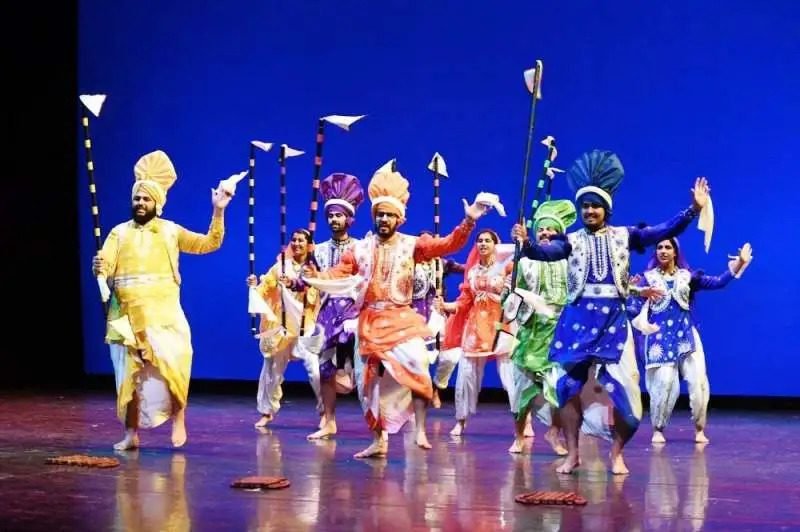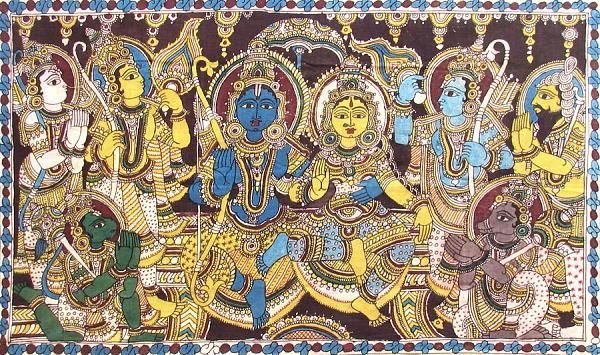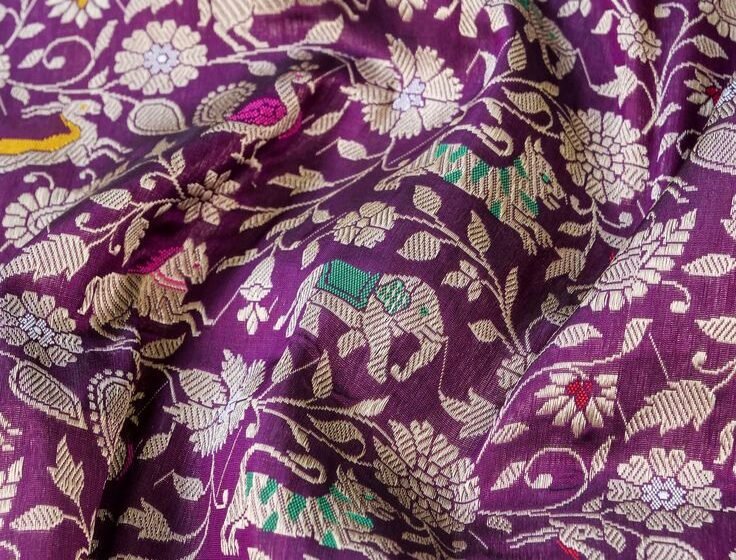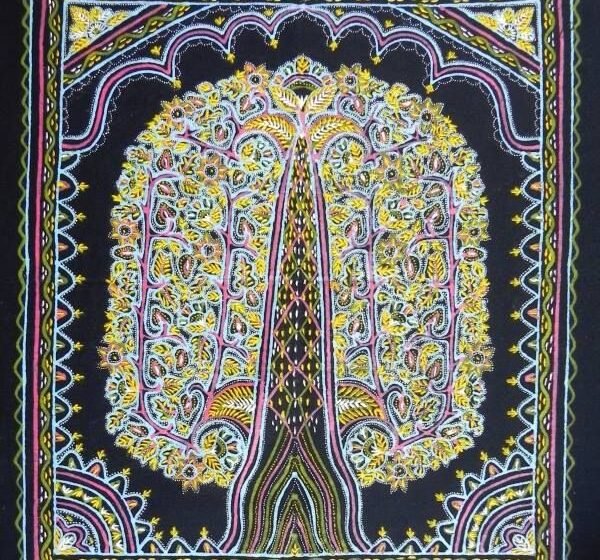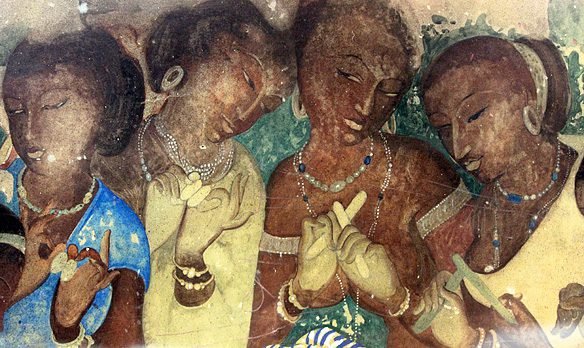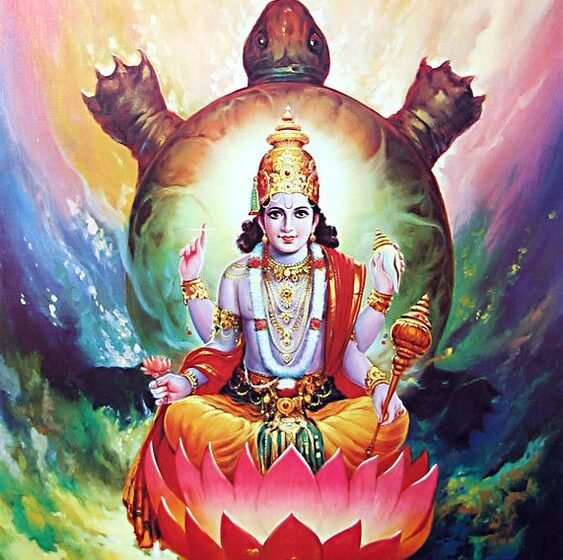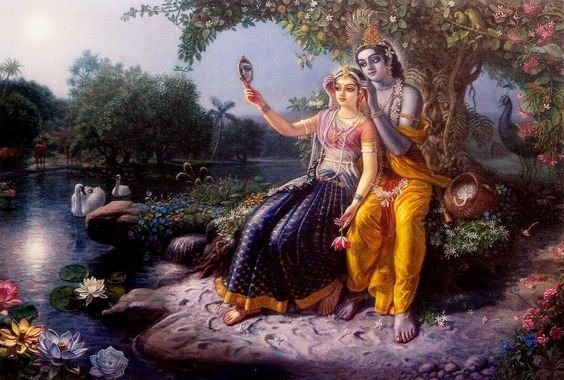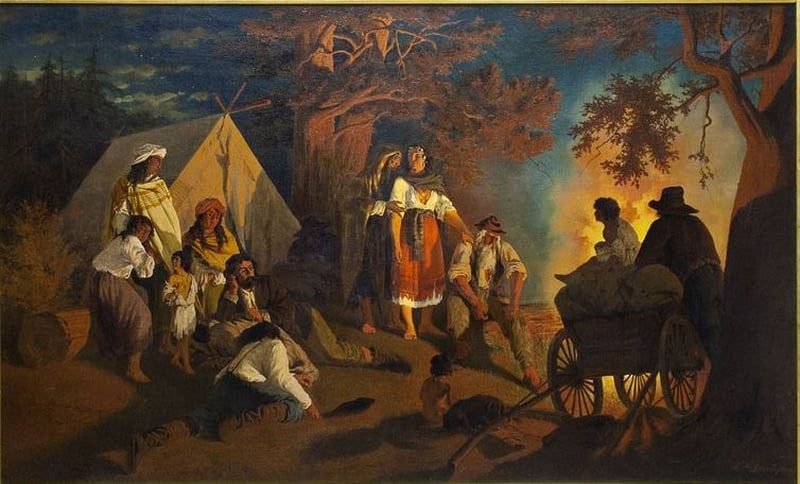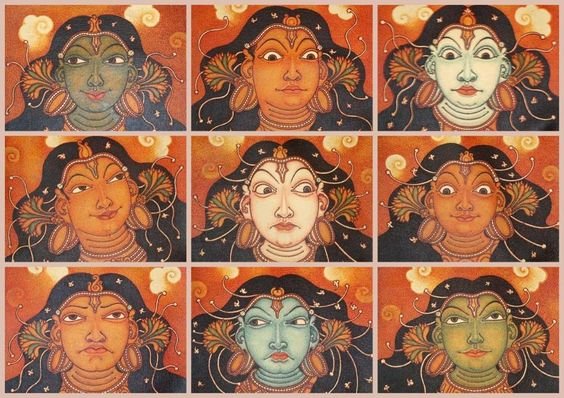India’s cultural landscape is adorned with a multitude of folk dances, each carrying the essence of a region’s traditions, emotions, and heritage. Among these, Jhumar, a folk dance from Punjab, stands out for its grace and rhythmic charm. Performed predominantly during the harvest season, Jhumar celebrates the simple joys of rural life. With its roots […]Read More
Tags : clothing
It is most definitely not an exaggeration to say that the Indian art forms that we see now, have existed, and evolved not just 100s of years ago but actually thousands of years ago. Their roots within the Indian art culture and tradition are in fact that deep. One of these art forms are the […]Read More
The Banarasi saree is no mere clothing but the very embodiment of India’s goodwill, culture, and exquisite craftsmanship. Originating from the ancient city of Varanasi (Banaras) in Uttar Pradesh, this splendid hand-woven silk saree symbolizes luxury, tradition, and art. The intricate brocade work, pure silk, and rich patterns have all crowned the Banarasi saree as […]Read More
The cultural history of Gujarat has borne witness to the multitude of creativity that has existed here for centuries. Having been the home to a lot of traditional art style, one that often gets missed out on when connecting India’s art history and Gujarat is the rogan style of painting. Rogan art, a method of […]Read More
The Bagh Caves are a fascinating collection of nine rock-cut structures found on the slopes of the Vindhya Range near the town of Bagh in the Dhar district of Madhya Pradesh, India. They were created around the 5th to 6th century CE, showcasing the artistry and architectural skill of ancient Indian craftsmen. These caves, much […]Read More
The concept of “rasa” represents the essence of human emotions and plays an important role in the tapestry of Indian art and literature. Among the nine states of happiness or emotion described in classical Indian aesthetics, laughter or humor shines brightest as an expression of joy, sarcasm and wisdom. This blog delves into the origins, […]Read More
The Churning of the Ocean: Kurma Purana’s Fascinating Take on
The Kurma Purana is one of the eighteen Maha Puranas and is important for its teachings on Hindu cosmology, philosophy, and devotion. Named after the Kurma incarnation of Lord Vishnu, this Purana is revered for its contribution to religious teachings, temple rituals and rituals. With its unique mythological narrative and spiritual significance, the Kurma Purana […]Read More
A taste for love, beauty and aesthetics is one of the nine flavors of Indian literature and art. Shringar is generally considered to be the most distinctive and important flavor, signifying feelings of love, passion, desire, and beauty. Whether in poetry, dance or painting, Shringar has inspired countless artists and poets over the centuries, creating […]Read More
Nomads of the World: Tracing the Indian Roots of the
Imagine living a life in which your identity flows like water, constantly reshaping itself over the course of centuries of migration, echoing the whispers of far-off ancestors. Who embodies this fluid existence? For one, the Romani people, by which term I have come to refer to those often called Gypsies. We have seen their culture […]Read More
Navarasa, which translates as “new emotions” in Sanskrit, is a key concept in classical Indian art that encapsulates the essence of emotional expression. These nine emotions—Shringar (love), Hasya (laughter), Raudra (anger), Karuna (compassion), Veer (courage), bhayanaka (fear), bibhatsa (disgust), adbhuta (awe), and shanta (peace)—function as universal languages that transcend cultural boundaries. Each quantity enables artists […]Read More
